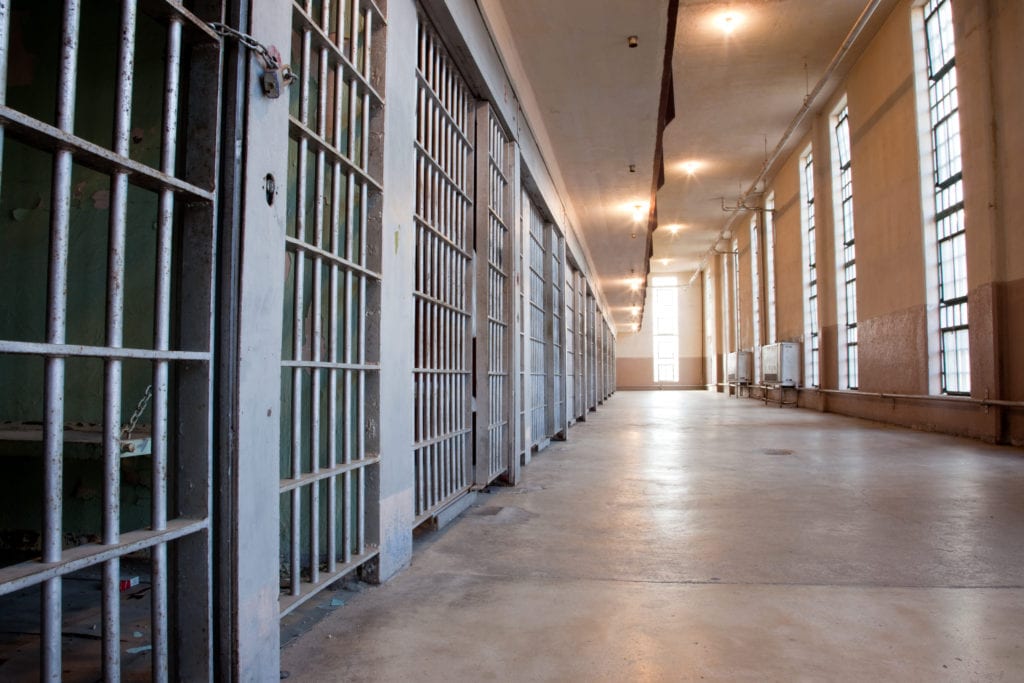The state of New Jersey will provide 7.8 million dollars to county jails to support the opioid addiction crisis that has wiped over the state. This money will also help inmates who are released from jail to continue treatment for their opioid addiction as individuals who are released from jail. Reintegrating into society can be incredibly challenging and lonely — and can make former inmates vulnerable to relapse or even overdose.
“This initiative builds on a state prison program conducted by the state’s human services and Corrections departments, which provides peer services that expand pre- and post-release recovery support services for inmates,” according to a local New Jersey news source.
- In 2009, 50 percent of inmates in federal prison had a drug offense as their most serious offense.
- Approximately 11 percent of inmates with a substance use disorder receive treatment in jail.
From prescription pills to heroin
Opioid addiction affects five million individuals in the United States and has taken nearly 20,000 lives each year. The majority of opioid abuse stems from prescription painkillers, many of which are improperly prescribed. Once these prescription painkillers run out, individuals must turn to more dangerous methods to feed their addiction.
Heroin and synthetic opioid such as fentanyl are sold on the street and are becoming more popular, especially among those who do not have access to prescription opioids. There’s no way to know the strength or ingredients of opioids that are synthesized in an underground laboratory and sold illegally. Intentional overdoses, regardless of the seriousness of the addiction or tolerance, happen every day.
Treatment in prison
Unfortunately, the prison system is focused on a punishment model rather than a rehabilitation model, even for individuals who have committed non-violent crimes.
Drug crimes, including use, possession, and trafficking most often land individuals behind bars without providing them sufficient treatment for their opioid use disorder. Once these individuals are released, they have a higher chance of using opioid once again.
According to the American Journal of Public Health, former inmates are 40 times more likely to die of an opioid overdose within the first two weeks of their release compared to the average citizen.
It can happen to anyone
Imagine being a successful individual in the workforce with a family and a reliable support system, but one day, you undergo a car accident, which results in chronic pain. Your doctor prescribes you prescription opioid painkillers, and you become addicted. Your prescription runs out, and you find yourself unable to overcome the physical withdrawals and cravings, so you turn to the streets to purchase opioids illegally. You are arrested and charged with possession, landing you in jail. This common scenario can happen to anyone, regardless of his or her background or status in society.
Hope for a better future
Once in jail, many individuals are labeled negatively by society and, as a result, often have a difficult time reintegrating back into the real world upon their release. Returning to opioids may be the only coping mechanism they are familiar with. Unfortunately, there is a lack of substance abuse treatment resources in the prison system, and many inmates with an addiction do not receive the proper treatment they need.
The hope is that with this new funding, inmates in the state of New Jersey can receive necessary substance abuse treatment and counseling while in jail. Additionally, they can continue their treatment upon release, not only as a means to prevent them from overdosing but in the hopes that they can live a healthy and bright future in recovery.
Kristen Fuller, M.D., is a clinical content writer and enjoys writing about evidence-based topics in the cutting-edge world of mental health and addiction medicine. She is a family medicine physician and author, who also teaches and contributes to medicine board education. Her passion lies within educating the public on preventable diseases, including mental health disorders and the stigma associated with them. She is also an outdoor activist and spends most of her free time empowering other women to get outside into the backcountry.
